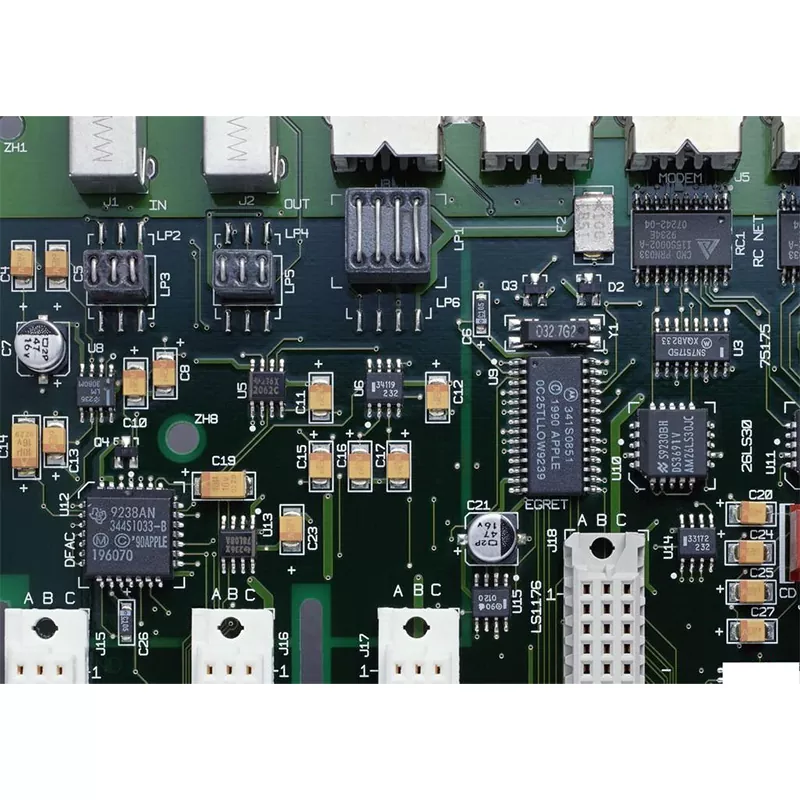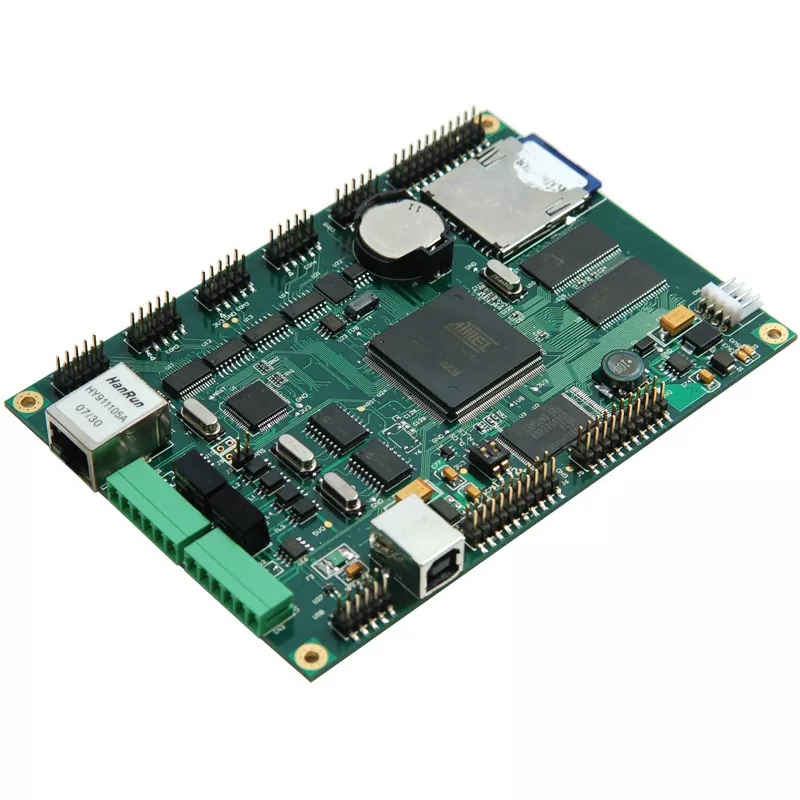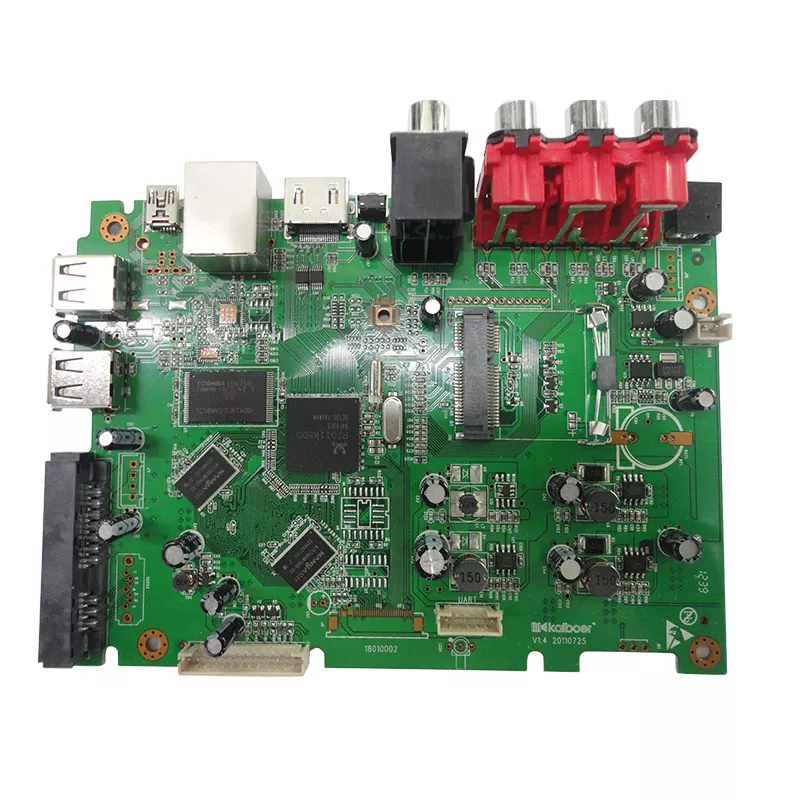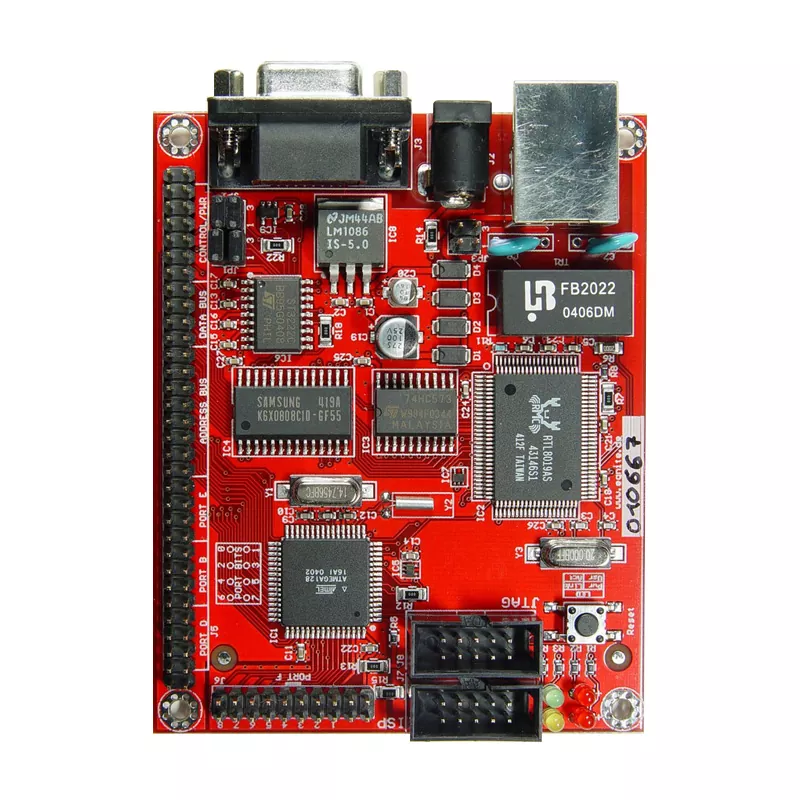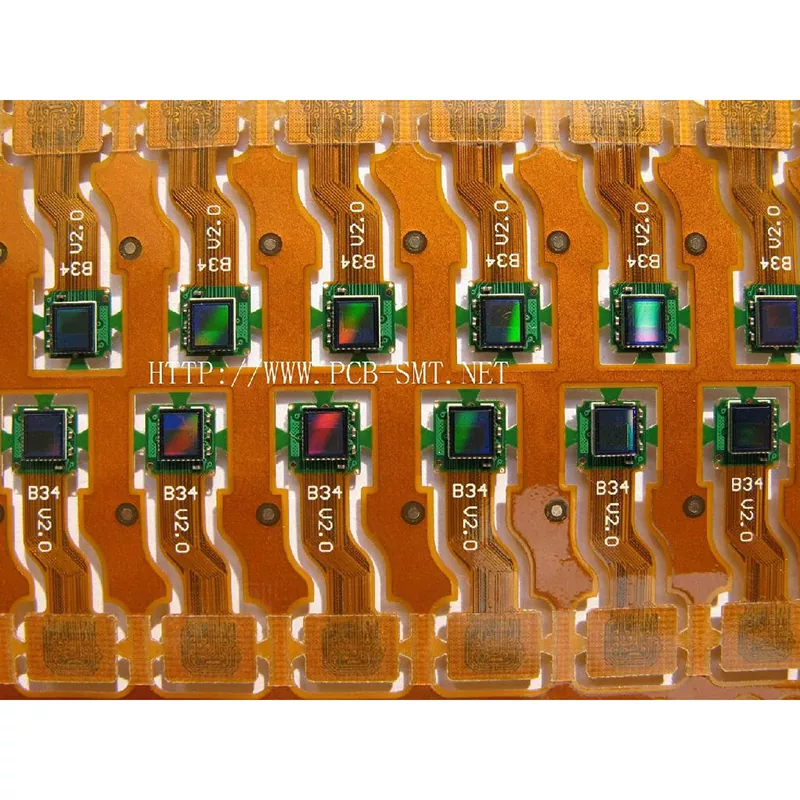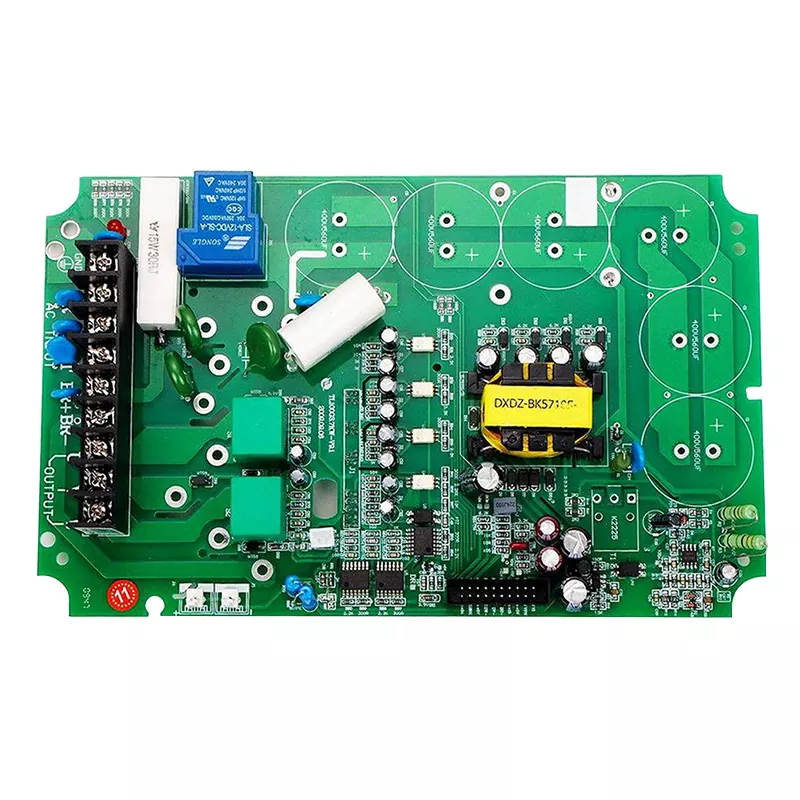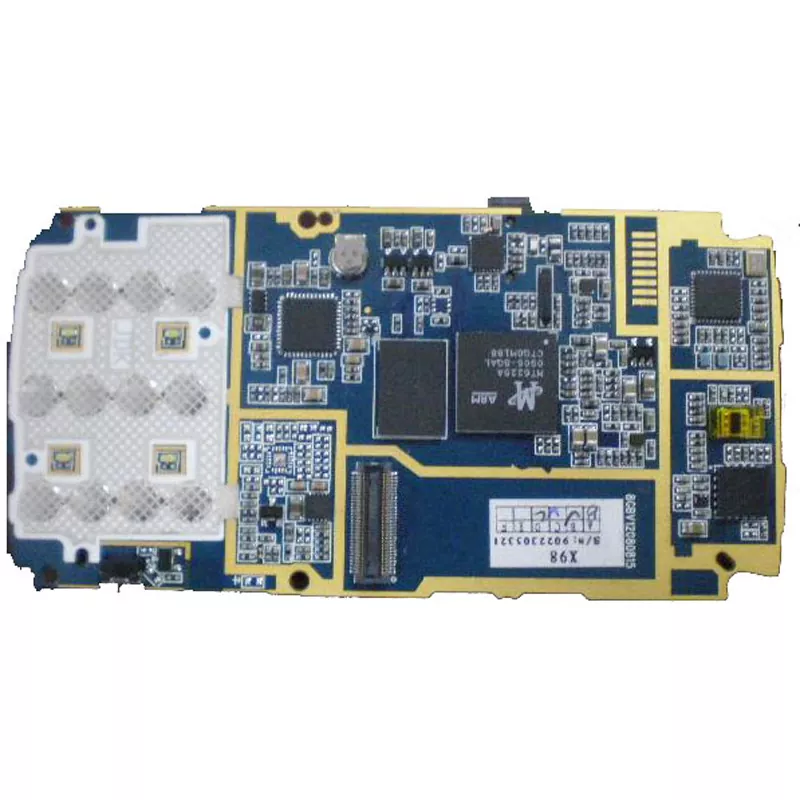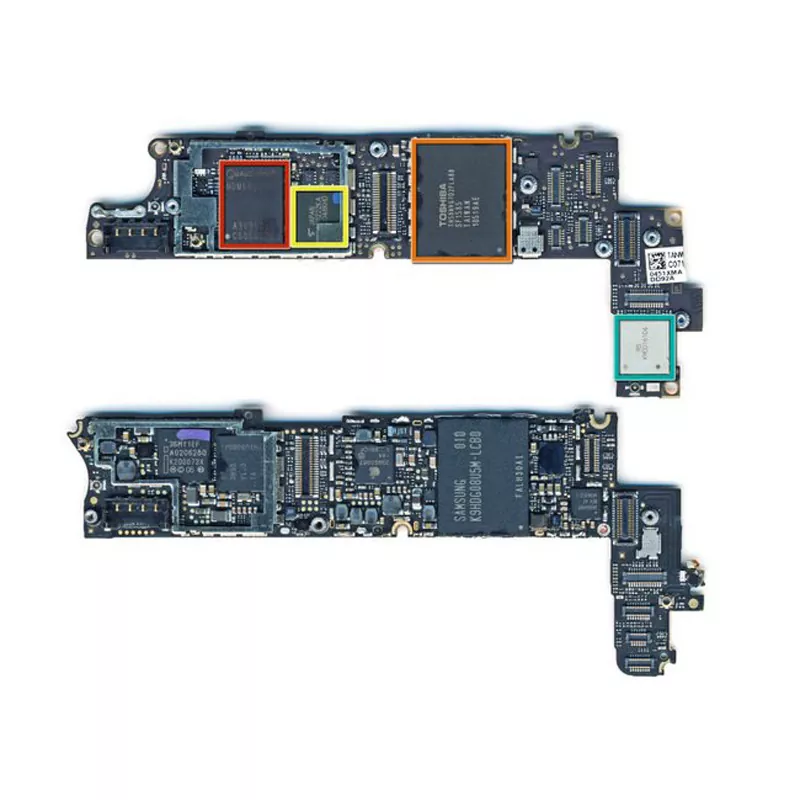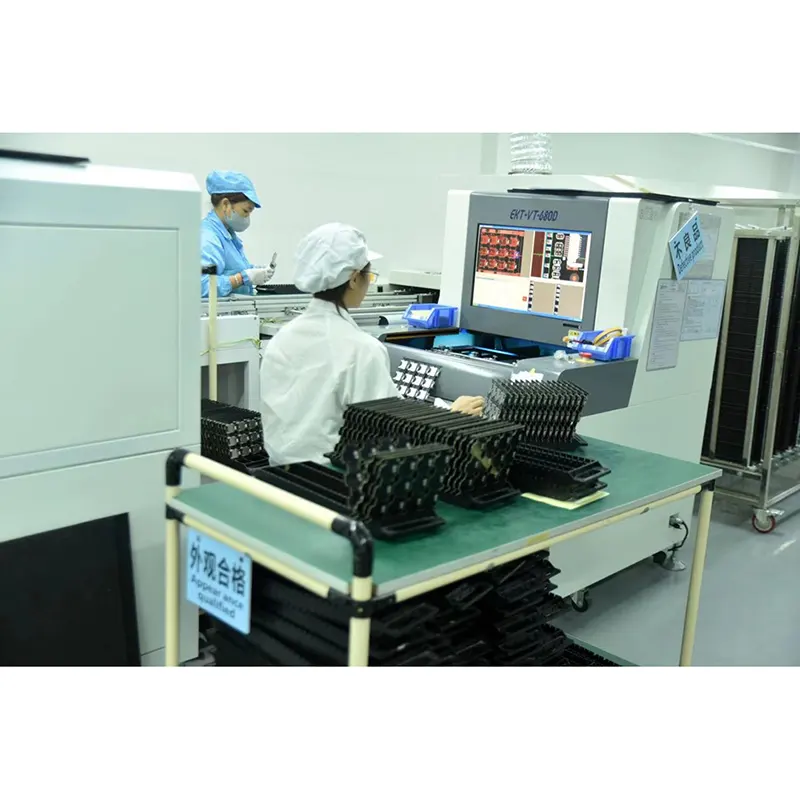- English
- Español
- Português
- русский
- Français
- 日本語
- Deutsch
- tiếng Việt
- Italiano
- Nederlands
- ภาษาไทย
- Polski
- 한국어
- Svenska
- magyar
- Malay
- বাংলা ভাষার
- Dansk
- Suomi
- हिन्दी
- Pilipino
- Türkçe
- Gaeilge
- العربية
- Indonesia
- Norsk
- تمل
- český
- ελληνικά
- український
- Javanese
- فارسی
- தமிழ்
- తెలుగు
- नेपाली
- Burmese
- български
- ລາວ
- Latine
- Қазақша
- Euskal
- Azərbaycan
- Slovenský jazyk
- Македонски
- Lietuvos
- Eesti Keel
- Română
- Slovenski
- मराठी
- Srpski језик
PCBA Board Testing and Quality Control
Hitech buy PCBA Board Testing and Quality Control which is of high quality directly with low price.Printed Circuit Board Assembly (PCBA) testing and quality control are critical processes in the manufacturing of electronic devices. These processes ensure that the final product is of high quality, free from defects, and functions as intended. In this article, we will explore the importance of PCBA testing and quality control and the various methods used to ensure that the final product meets the necessary quality standards.
Send Inquiry
Why is PCBA Testing and Quality Control Important?
Hitech is China manufacturer & supplier who mainly produces PCBA Board Testing and Quality Control with many years of experience. Hope to build business relationship with you. PCBAs are the backbone of electronic devices, and their proper functioning is crucial to the performance of the final product. The PCBA testing and quality control processes are essential to ensure that the final product meets the necessary quality standards. They help to identify defects early on, prevent costly rework or scrap, and ensure that the product functions as intended.

PCBA Testing Methods
There are several methods used to test PCBAs, including automated optical inspection (AOI), X-ray inspection, functional testing, and in-circuit testing (ICT).
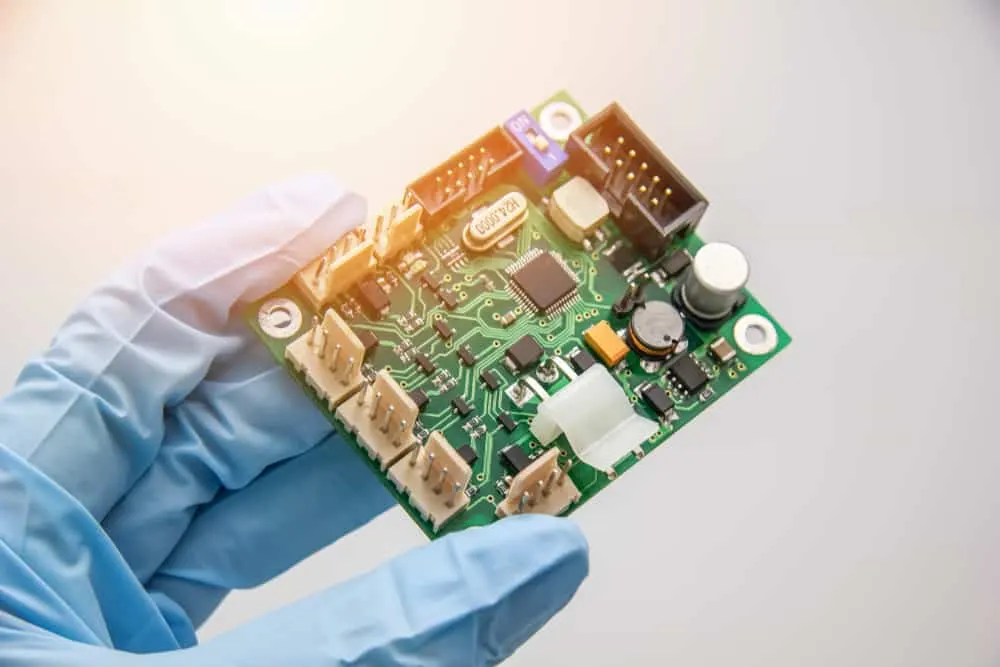
Automated Optical Inspection (AOI)
AOI is a non-destructive testing method that uses specialized equipment to inspect the surface of the PCBA for defects. The equipment uses cameras and software algorithms to detect defects such as missing components, incorrect component placement, and solder defects. AOI is a fast and accurate method of testing PCBAs and is often used in high-volume manufacturing.
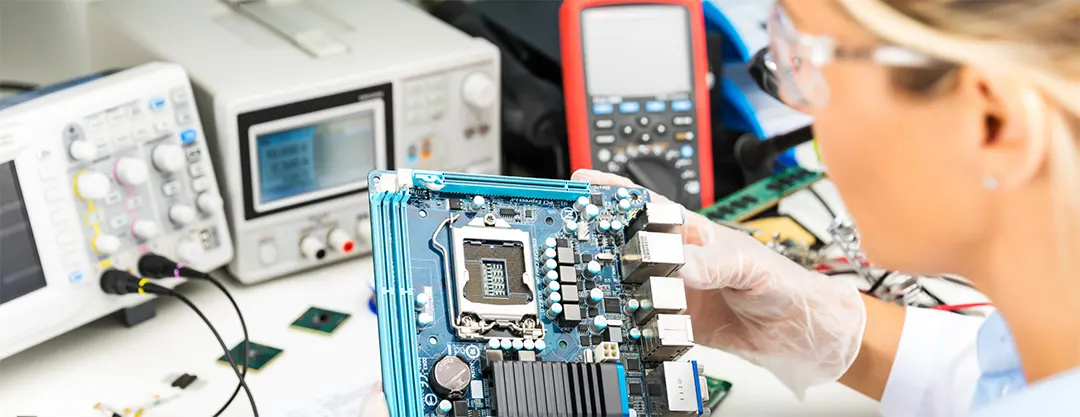
X-Ray Inspection
X-ray inspection is a non-destructive testing method that uses X-rays to inspect the internal structure of the PCBA. The equipment can detect defects such as poor solder joints, hidden shorts, and other defects that may not be visible with the naked eye. X-ray inspection is an essential method for testing complex PCBAs with hidden components or complex structures.
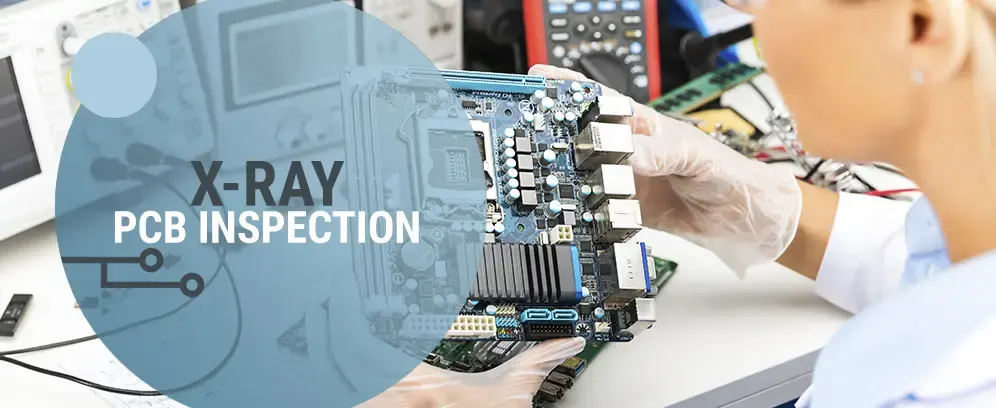
Functional Testing
Functional testing involves testing the PCBA by simulating its actual operating conditions. The PCBA is powered up, and its functions are tested to ensure that it operates correctly. Functional testing is a crucial method for testing PCBAs that are part of complex systems or have specialized functions.
In-Circuit Testing (ICT)
ICT involves testing the PCBA using specialized test fixtures that make contact with the PCBA's test points. The test fixtures can detect defects such as shorts, opens, and incorrect component values. ICT is a fast and accurate method of testing PCBAs and is often used in high-volume manufacturing.
PCBA Quality Control
PCBA quality control involves several processes that ensure that the final product is of high quality and free from defects. These processes include component sourcing, design for manufacturability (DFM), and process control.
Component Sourcing
Component sourcing involves selecting high-quality components from reliable suppliers. The components must meet the necessary quality standards and be compatible with the PCBA design.
Design for Manufacturability (DFM)
Design for Manufacturability (DFM) is the process of designing a product with the manufacturing process in mind. The goal of DFM is to optimize the product design for efficient and cost-effective manufacturing while maintaining the product's quality and functionality. DFM considers various factors, including material selection, component placement, assembly techniques, and testing methods

